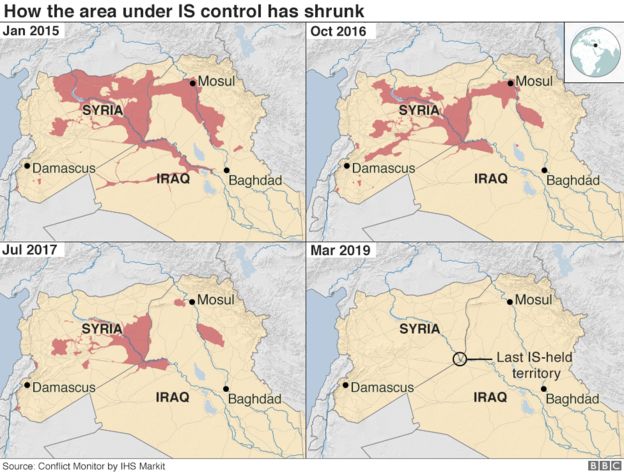7667766266
enquiry@shankarias.in
Click here for Part I.
Why in news?
Syrian Democratic Forces recently declared the total elimination of so-called caliphate and 100% territorial defeat of ISIS.
How did the ISIS evolve?
How significant was the territory for ISIS?

Does loss of territory mean IS's defeat altogether?
How prevalent is its influence?
What about India?
Source: Indian Express